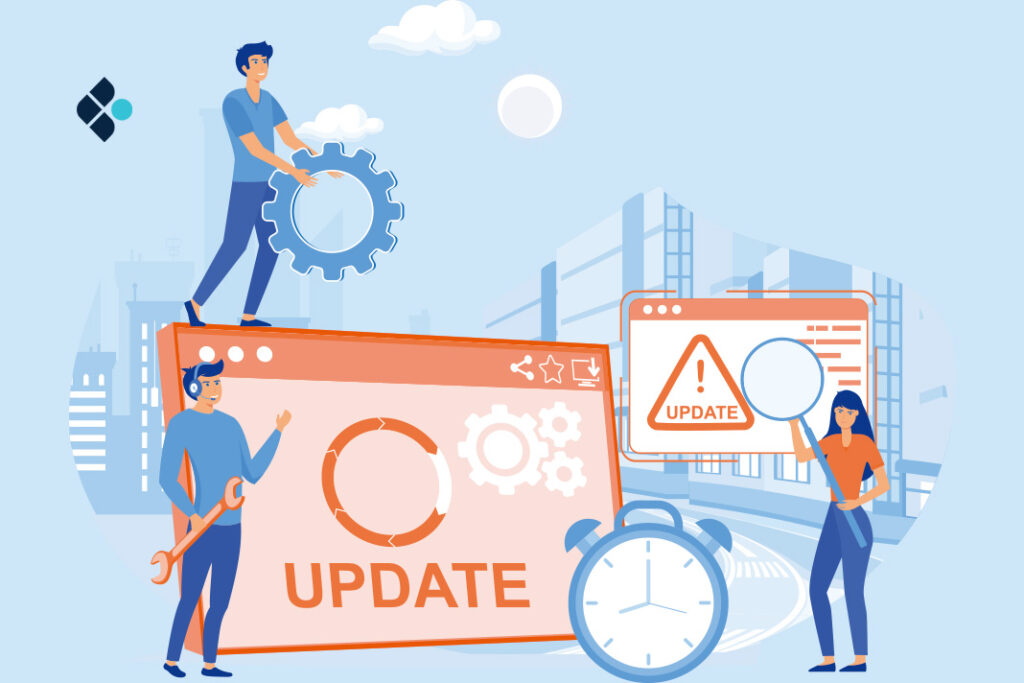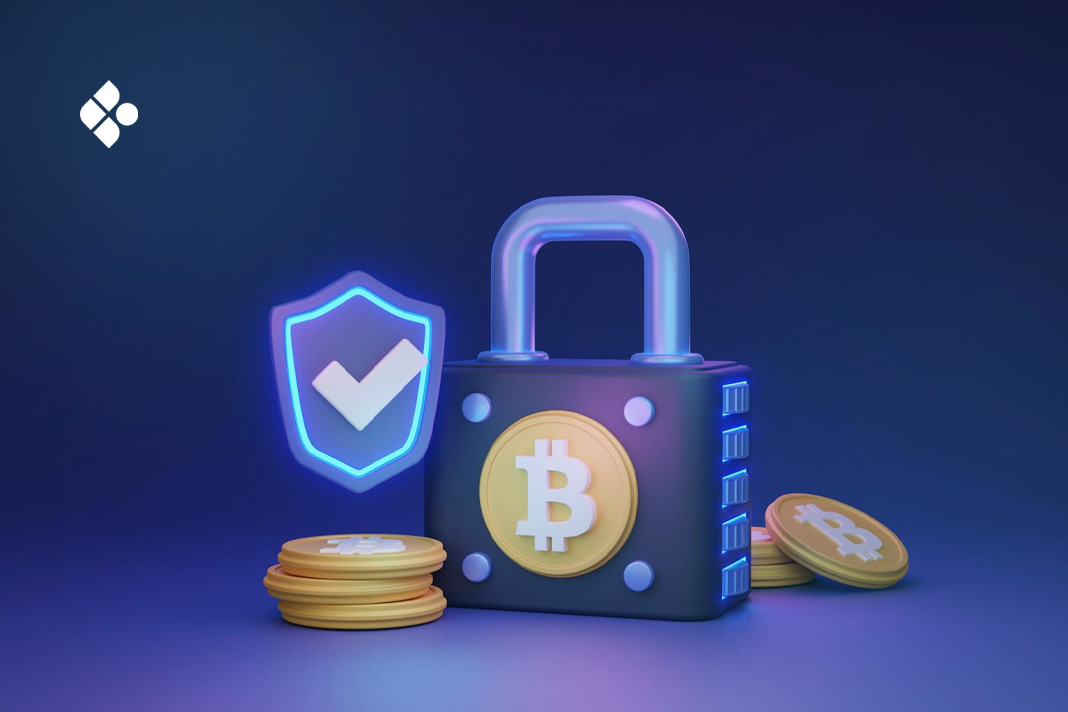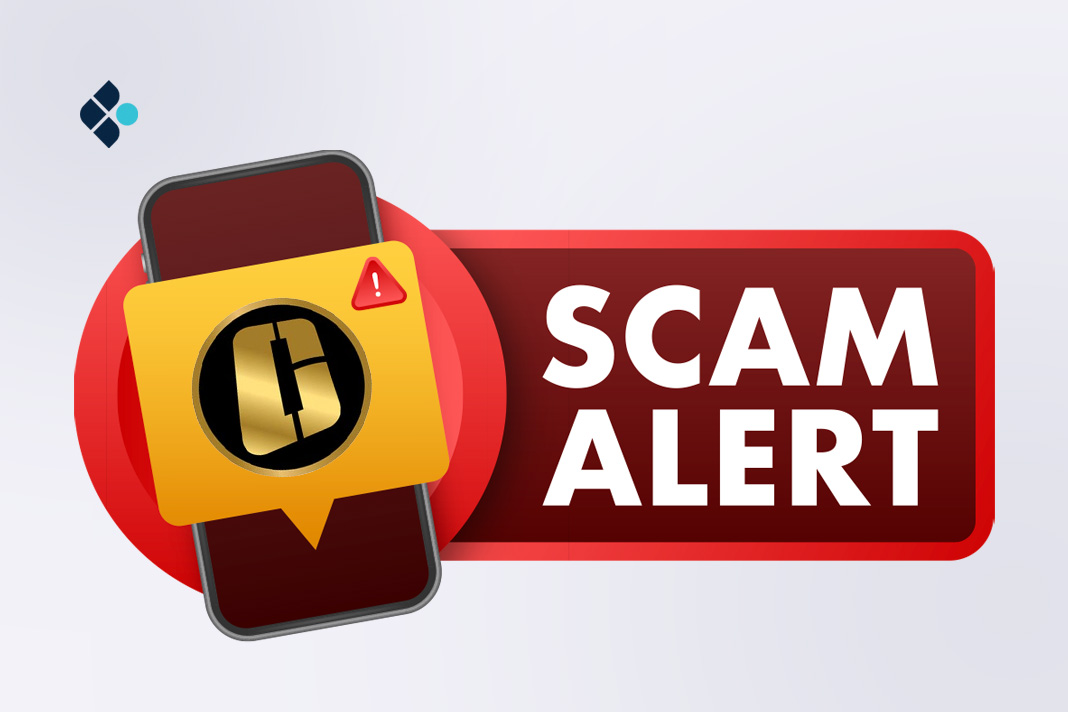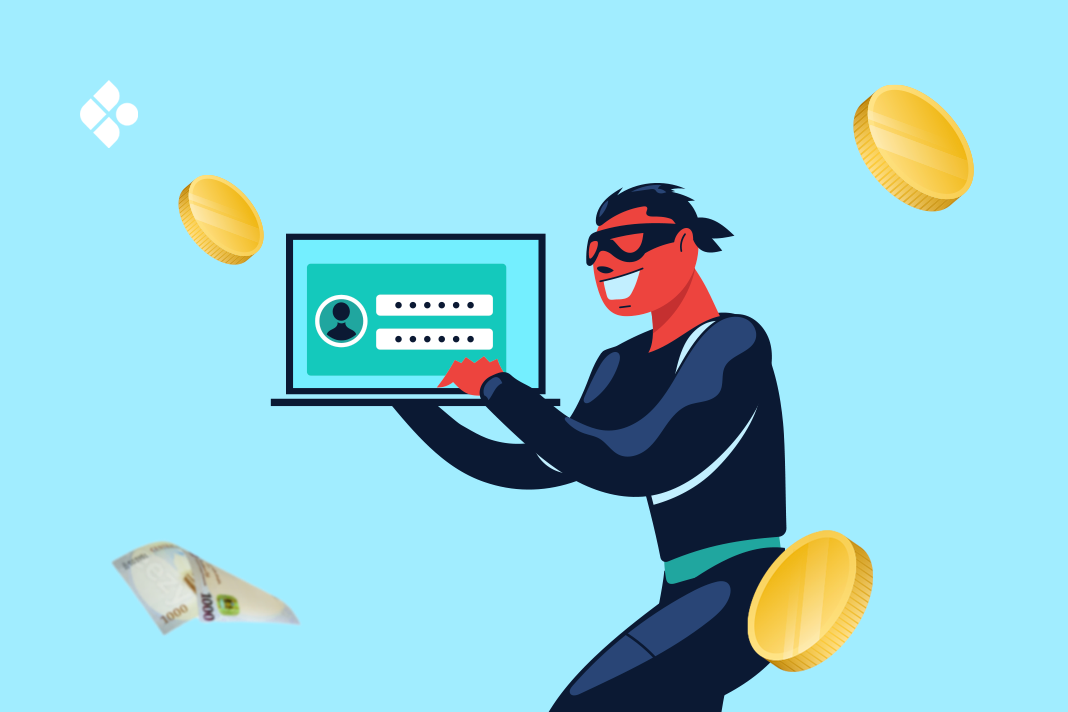On average, $4000 in cryptocurrency is lost to hackers each minute. Imagine checking your crypto wallet, ready to celebrate that Bitcoin surge, and finding it empty! I’m sure you only want to imagine that and not experience it, so what do you do? Like safeguarding your physical assets, protecting your digital currencies is essential.
Cryptocurrencies have become more than just a buzzword; they’re a valuable asset. However, with great value comes great responsibility.
In this guide, I’ll break down essential security measures to keep your coins safe and your mind at ease. Let’s get right into it.
Ways To Secure Your Cryptocurrencies
1. Choosing a Secure Wallet
One of the essential ways to secure your cryptocurrency is to have a secure wallet; this plays a vital role in the security of your digital assets. Choosing the right wallet is essential. There are two main types:
- Hot wallets or Software wallets: They offer a level of convenience and are accessible from your phone or computer. However, they’re more prone to hacking and should be protected by strong passwords and two-factor authentication (2FA).
- Cold wallets or Hardware wallets: These are offline hardware wallets offering the highest security level. They’re like a physical USB but for your crypto. Trezor, Ledger, SafePal, and Ellipal Titan are some of the most popular hardware wallets. Depending on the brand and extra security features, they usually cost between $50 and $300.
Whether you choose hardware or software wallets, you should first consider your needs. A software wallet might be the way to go if you’re a casual investor, but a cold wallet might work okay for you if you have more significant holdings.
2. Mastering Passwords and Keys
Your passwords and keys are the gatekeepers to your assets. Make sure you create strong, unique passwords that you will never forget. Always use passwords that include a mix of letters, numbers, and symbols.
Don’t be tempted to use easy-to-guess information like your date of birth, pet names, or even dictionary words. And when you’ve successfully created a password that nobody except you can guess, do well to have it memorised.
3. Using Multi-Factor Authentication (MFA)
Even after you’ve created a strong password that you can only remember, Multi-factor Authentication (MFA) is very important. Emphasis on ‘very’. Multi-factor authentication (MFA) adds an extra layer of security to your cryptocurrency accounts.
You can set this up by using multiple forms of verification, such as a password, a code sent to your phone, or a code generated from an external verification application like the Google Authenticator app. Multi-factor authentication (MFA) helps lower the risk of unauthorised access. Enable MFA wherever possible to secure your accounts safely.
4. Preventing Phishing and Scams
Phishing and scams have become the order of the day, so you need to be super cautious. Just as everything evolves, these scammers’ schemes and tricks have also done the same. Most hackers now pose as legitimate websites to steal your credentials.
Here’s how to stay vigilant:
- Double-check website URLs. Phishing sites might look real, but the address will be slightly off.
- Never click on suspicious links. If an email looks fishy, don’t engage with it.
- If something seems too good to be true, it probably is. Beware of unrealistic investment offers.
5. Keeping Software Updated

Your software and devices should always be up to date. These new updates mostly include patches for vulnerabilities and security enhancements. Set up automatic updates for your wallets, operating systems, and antivirus software to ensure you’re protected against the latest threats.
6. Securing Transactions and Networks
One thing I never forget to do when carrying out any transaction is to double-check the recipient’s address. Double-checking helps avoid sending funds to the wrong wallet. So, you also want to make this a culture; a simple typo can mean losing your funds forever. Also, be careful when connecting to public Wi-Fi networks, as they may expose your sensitive information to potential threats.
Frequently Asked Questions (FAQs) About How to Safeguard Your Cryptocurrencies
How do I choose the best cryptocurrency wallets for my needs?
Check for wallets with a strong reputation, security features, ease of use, and storage capacity. Popular options include Ledger Nano S for hardware wallets and Exodus for hot wallets.
What should I do if I suspect fraudulent activity in my cryptocurrency accounts?
Immediately report suspicious activity to the exchange or wallet provider. Change your passwords and enable Multi-Factor Authentication (MFA) if you haven’t already. Report the incident to the relevant authorities.
Can I use the same password for multiple cryptocurrency accounts?
It’s never okay to use the same passwords for different accounts. Doing so puts your assets at high risk of a security breach. Each account should have a unique, strong password to reduce the impact of potential breaches.
Is it possible to recover funds sent to the wrong cryptocurrency address?
Cryptocurrency transactions can not usually be traced, so you should always double-check the recipient’s address before sending funds.
Why is it important to keep my software updated, and how often should I do it?
Software updates often include security patches to fix vulnerabilities and protect against new threats. To stay protected, make it a priority to update your software and devices regularly.
Conclusion
It’s a wrap! Your cryptocurrencies deserve the best protection. You can invest with confidence and peace of mind by following these steps. Remember, staying informed and implementing strong security measures are the backbone of preserving the value of your investments.







